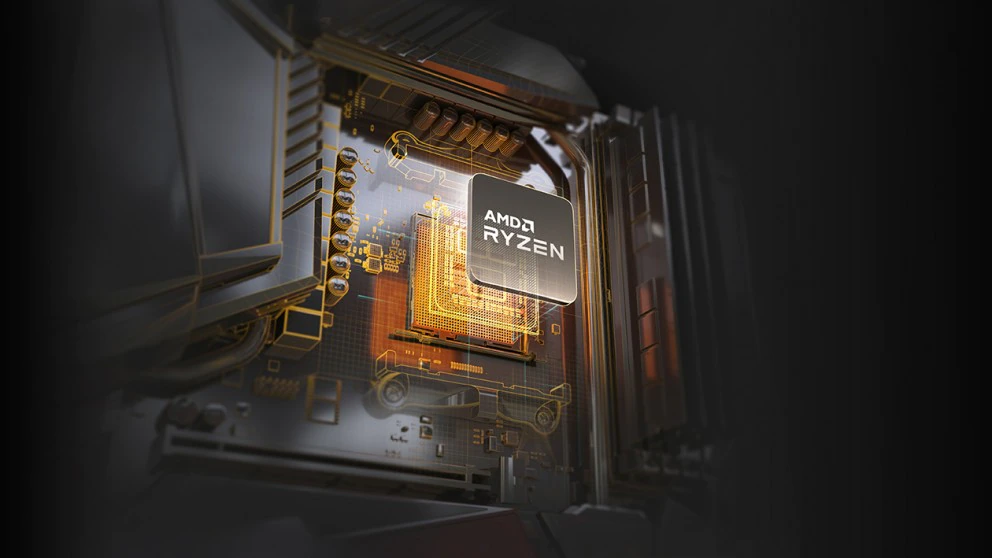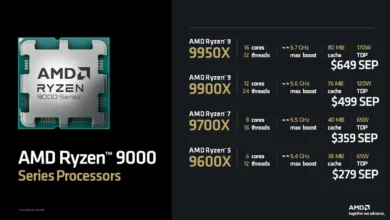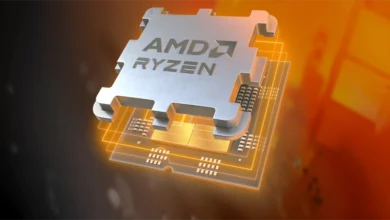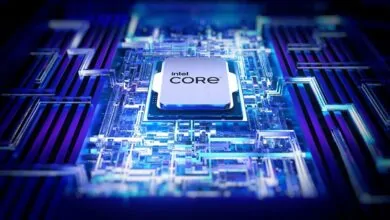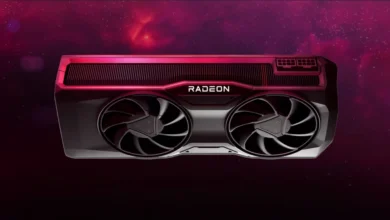AMD Announces Big Changes In Its GPU Game Plans
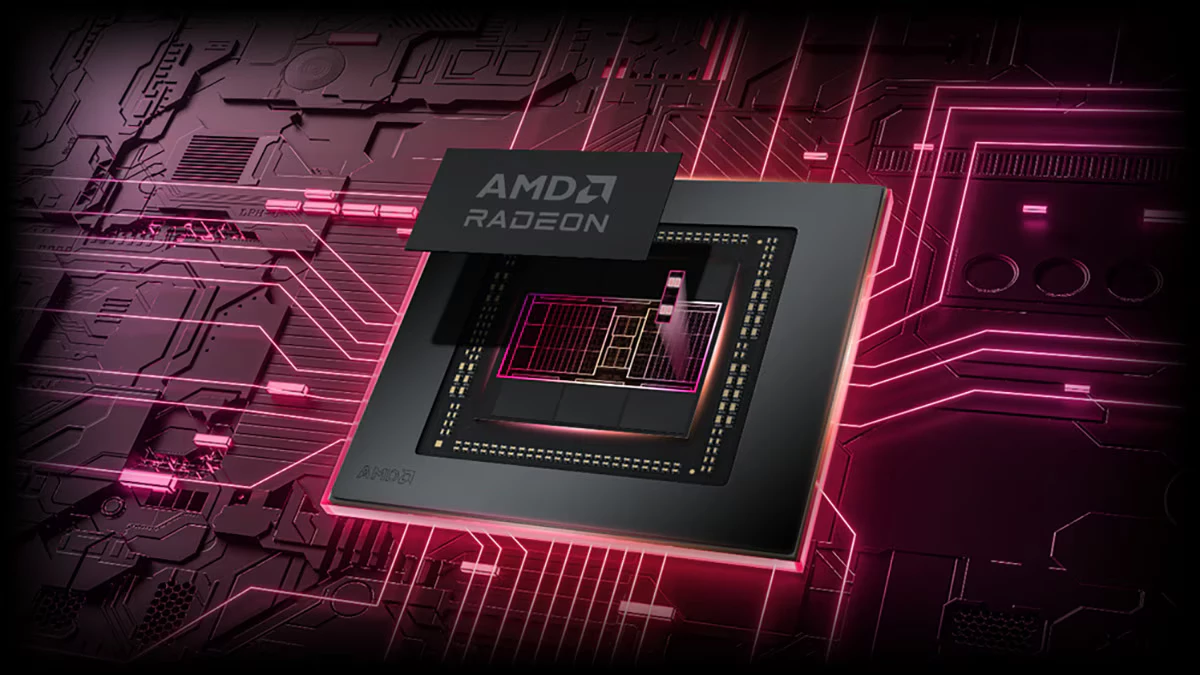
AMD has made big announcements. From concentrating more on budget and mid-range graphics cards for RX 8000 series to merging of gaming and datacenter GPUs.
The currently ongoing IFA Berlin 2024 is among the largest and longest consumer and electronics show in the world. No doubt some of the biggest companies are present there, including AMD.
First, in an interview to Tom’s Hardware, AMD revealed its plans for next-gen graphics cards. In that interview, Jack Huynh, AMD’s senior vice president and general manager of the Computing and Graphics Business Group, revealed how AMD wants to concentrate on the budget and mid-range graphics card segment. This means no flagship graphics cards for the RDNA 4 based AMD Radeon RX 8000 series. Something we have reported before. But so far we had no confirmation on it.
The idea behind this move is that AMD wants to capture more market share, so more and more developers support and optimize for AMD graphics cards. AMD currently is lagging behind massively in the gaming GPU market on PC, with market share, as per AMD, being around just 10%. With all developers going towards Nvidia, AMD wants to change that. Aiming to reach at least 50% GPU market share. As budget and mid-range gamers form a major part of graphics card users, the quickest way to reach there is to concentrate on them.
While AMD hasn’t replied when they will start releasing flagships again, they likely to be back with RDNA 5 graphics cards.
But that’s not the only revelation that AMD has made. It’s making major changes to its GPU architecture too.
AMD’s Gaming & Datacenter GPU Architecture To Be Merged
5 years ago, AMD had announced that it will split it’s gaming and datacenter GPU architecture. While gaming GPUs got based on the RDNA architecture, the datacenter ones got based CDNA architecture.
Today, in its interview to Tom’s Hardware again, AMD’s Jack Huynh announced that AMD is going to merge its gaming RDNA and datacenter CDNA GPU architecture again into a single architecture, named UDNA.
Jack Huynh from AMD said:
So, part of a big change at AMD is today we have a CDNA architecture for our Instinct data center GPUs and RDNA for the consumer stuff. It’s forked. Going forward, we will call it UDNA. There’ll be one unified architecture, both Instinct and client [consumer]. We’ll unify it so that it will be so much easier for developers versus today, where they have to choose and value is not improving.
AMD also gave reasons behind their merger:
So, one of the things we want to do is …we made some mistakes with the RDNA side; each time we change the memory hierarchy, the subsystem, it has to reset the matrix on the optimizations. I don’t want to do that.
So, going forward, we’re thinking about not just RDNA 5, RDNA 6, RDNA 7, but UDNA 6 and UDNA 7. We plan the next three generations because once we get the optimizations, I don’t want to have to change the memory hierarchy, and then we lose a lot of optimizations. So, we’re kind of forcing that issue about full forward and backward compatibility. We do that on Xbox today; it’s very doable but requires advanced planning. It’s a lot more work to do, but that’s the direction we’re going.
One Team & Future
When asked for clarification about whether gaming and datacenter’s will share the same architecture in the future, AMD said that doing so will allow them to have just one team working on a unified GPU architecture, rather than having two different teams working on two different ones.
AMD isn’t revealing when it’s going to release the new unified architecture though. Saying that it is a strategy for now. A strategy that AMD says is not only good for them, but also for developers. So that developers can optimize their software for just one architecture.
However, as for the timeline, it did mention UDNA 6, which is likely to be a replacement for RDNA 6. So it means that AMD already has RDNA 5, likely to be powering AMD Radeon RX 9000 series, all designed and figured out. So the new unified architecture is likely to be released only after the AMD Radeon RX 9000 graphics card series, likely with an entirely new name for the line-up.
Conclusion
The report mentions how this move is aimed at taking on Nvidia’s CUDA architecture. This is because both gaming and datacenter GPUs from Nvidia have one base, that’s the CUDA support underneath them. It mentions that while AMD has its own open source ROCm software stack to counter CUDA, it’s not a match to Nvidia.
Another problem is that while Nvidia RTX graphics cards come with Tensor Cores for AI and other tasks like DLSS, Ray Tracing and others, AMD doesn’t have any direct hardware based powerful answer to it. So when it merges it’s AI concentrating datacenter and gaming GPUs, it’s likely that AMD is likely to get a major boost in these things.
As for our views. We think only time will tell how beneficial it’s going to be. From the gamer’s perspective, it’s going to be interesting. While it means that one team working on a single architecture means cost savings and better product. But it can also mean that gaming part of the architecture could be less prioritized by the GPU designers. That’s because there’s big money in datacenter. Either way, it is to be seen how AMD manages to do it.
